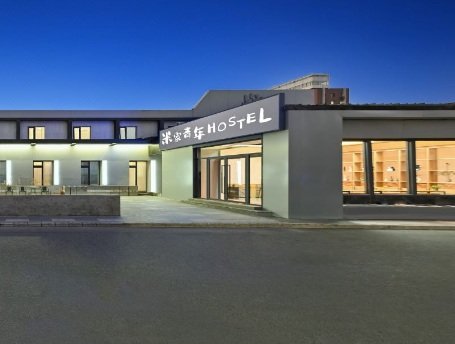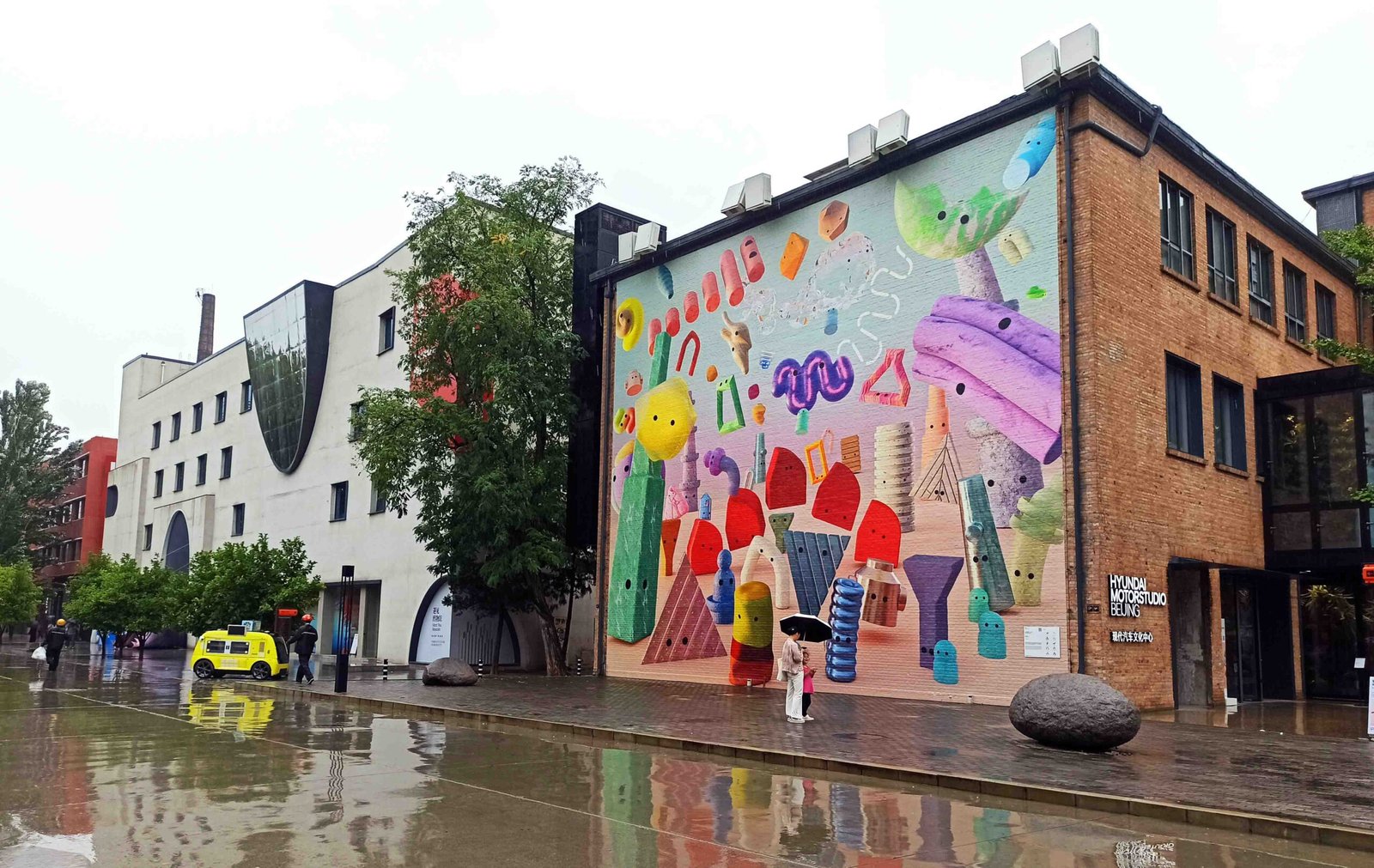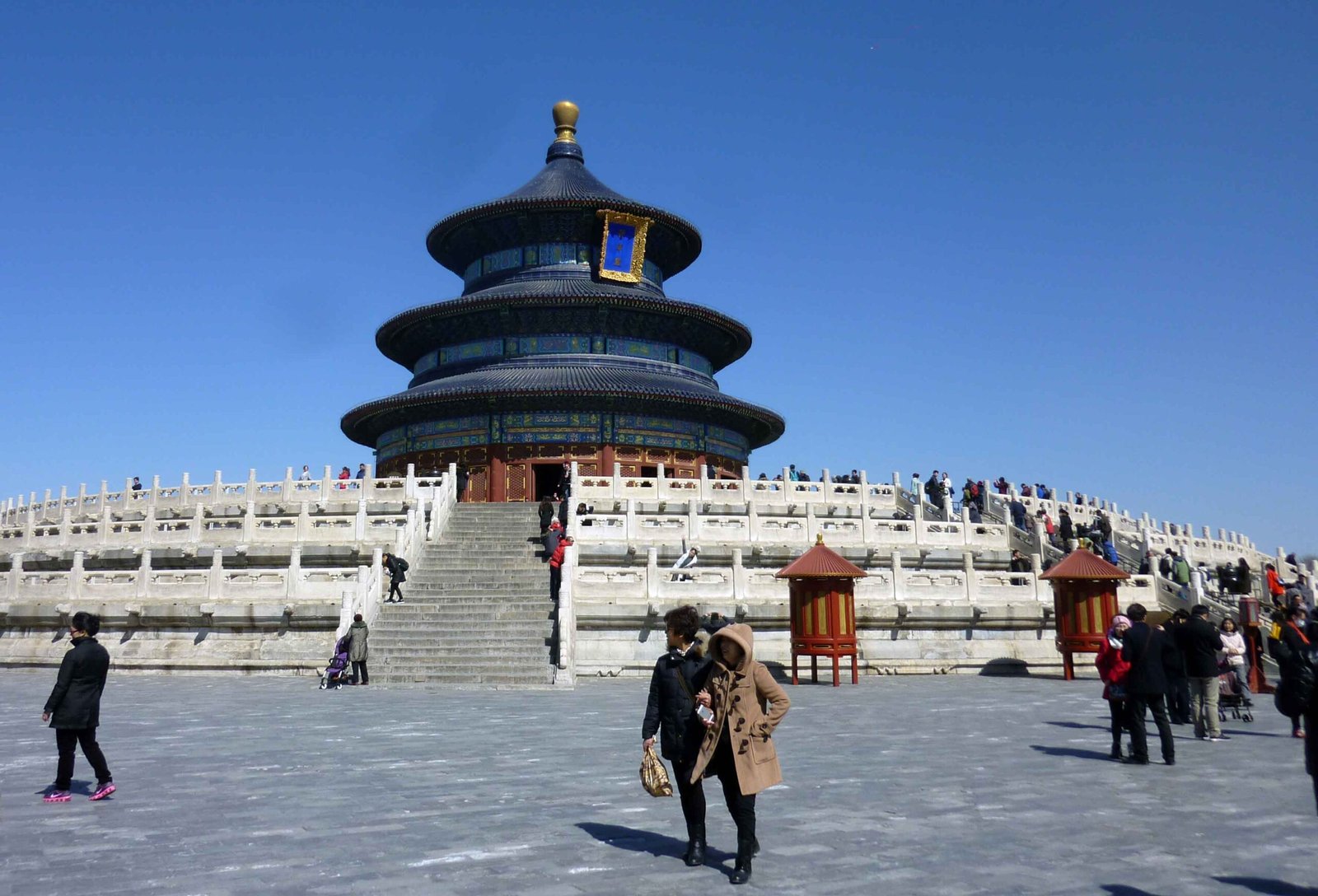A Day at 798 Art District, Beijing
If you love art, design, or just places that feel alive with creativity, 798 Art District in Beijing (798艺术区) is not to be missed. I have been frequenting this zone for more than 15 years and have witnessed its evolution from an artist and gallery hub, to becoming a location that now targets the general masses.
The backdrop to 798 Art District is incredibly attractive, with old industrial chimneys standing beside bold, contemporary murals. The former factories are now used as galleries, studios, restaurants, cafes, and shops for tourists with a creative bent. Works of art through to souvenirs can be purchased here.
It can be easy to spend a lot of money here. Most galleries do charge an entrance fee, so knowing which ones are free is helpful (see my list below). Even with the commercialism, it is still a zone worth visiting to see Beijing’s modern and creative side.
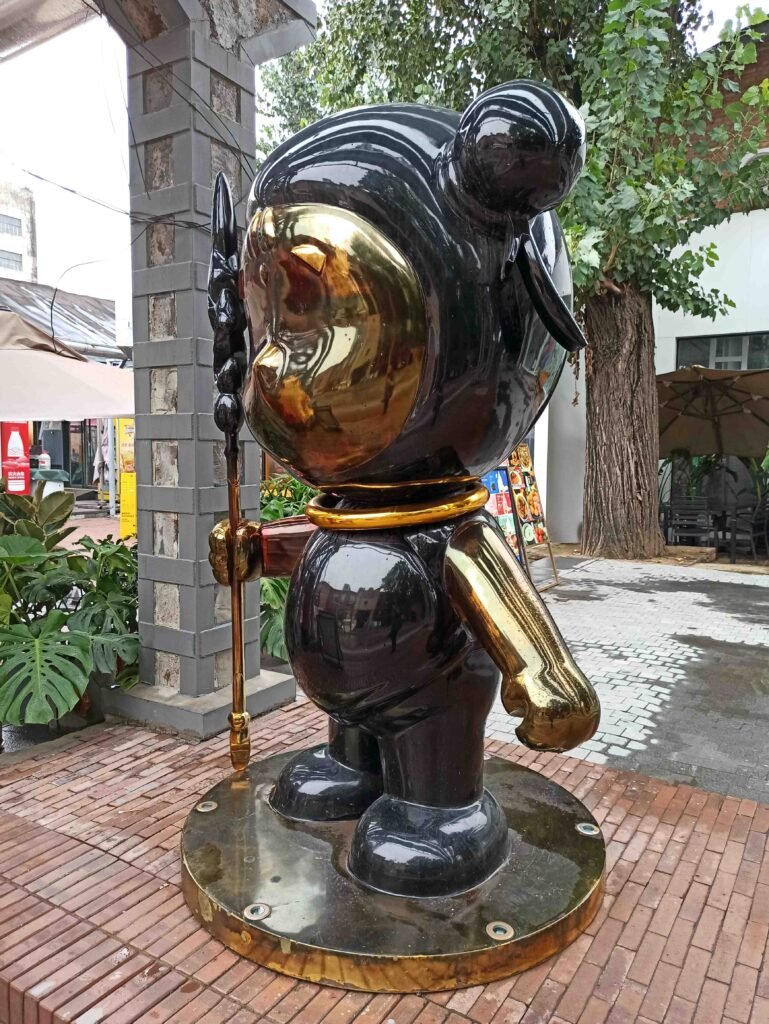
From Factory Complex to Creative Landmark
Located in Beijing’s Chaoyang District, 798 Art District sits in what was once Factory 798, part of a vast electronics production zone built in the 1950s with East German design. When the factories shut down in the 1990s, local artists from the Central Academy of Fine Arts moved in for the natural light, cheap rent, and unique industrial space. Artists like sculptor Sui Jianguo were able to make use of the large space for major creative works.
By the early 2000s, local and international interest began to increase. In 2002 the Beijing Tokyo Art Projects (BTAP) was one of the first galleries to open in Factory 798 with the support of Chinese artist Huang Rui. BTAP is one of the few founding galleries that is still open today (and it’s free to enter). Robert Bernell, founder of Timezone 8 Art Books, also arrived and his move contributed to others doing the same.
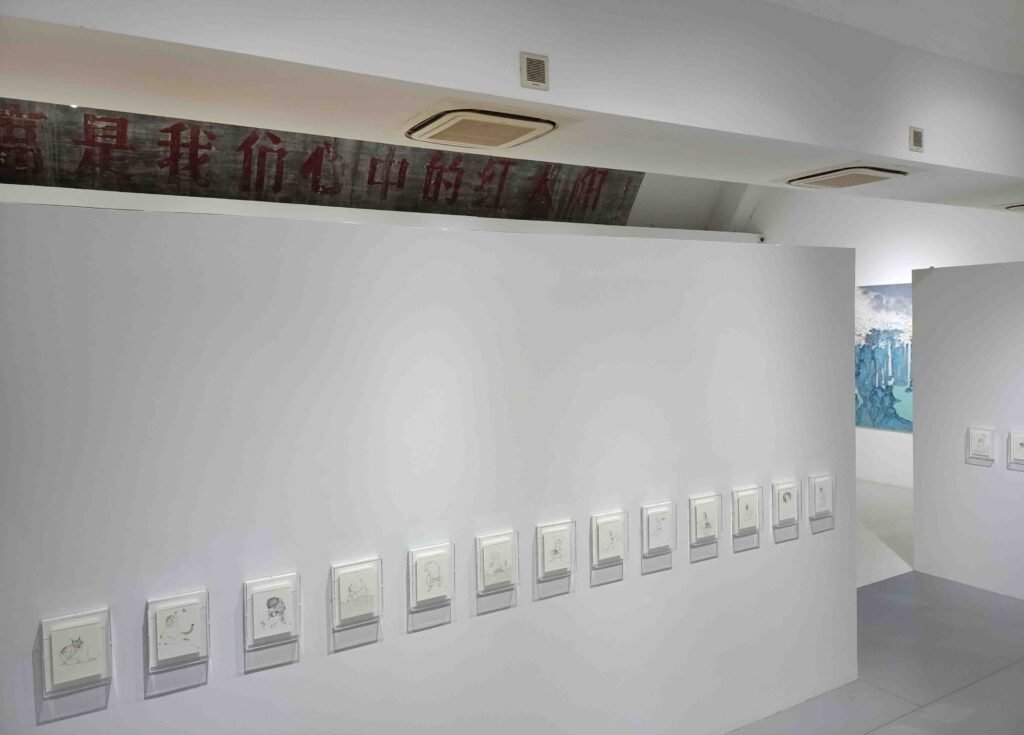
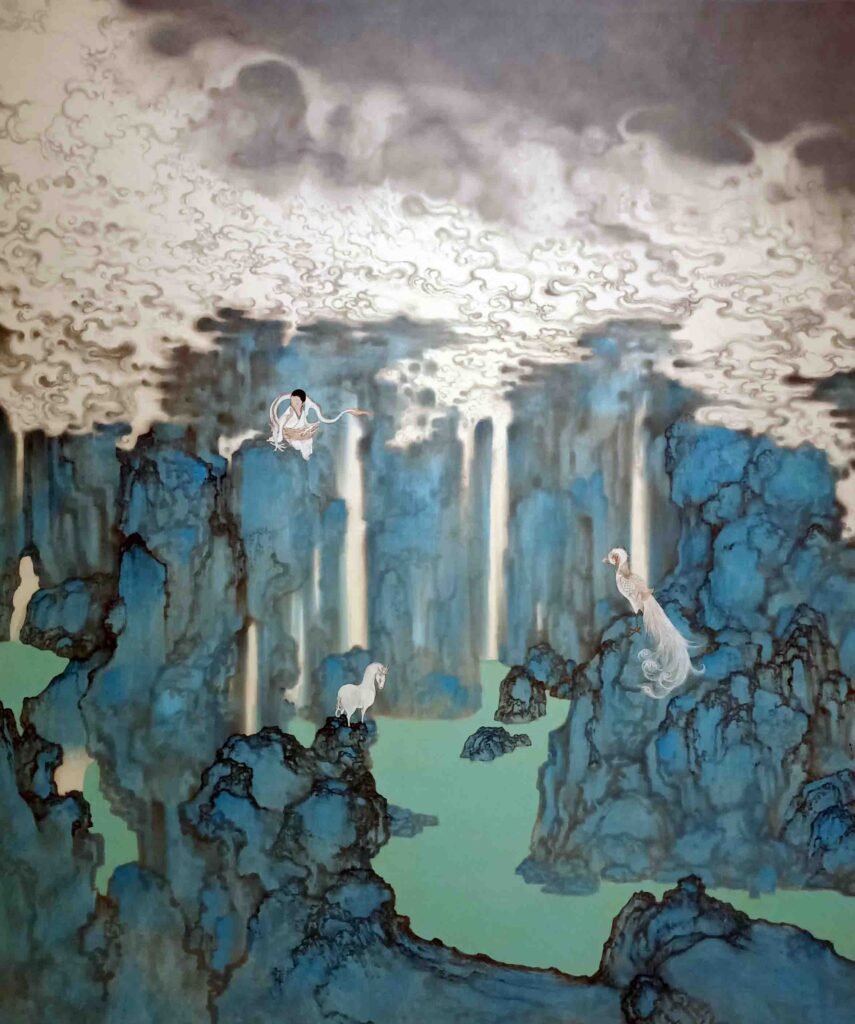
798 Art District exploded into China’s premier contemporary art hub, drawing global galleries and events like the Beijing Biennale. It has evolved into a UNESCO Creative City contender, blending raw industrial Bauhaus-style with sleek modern installations. Although some of the original international galleries have closed operations, it still offers visitors an immersive experience of China’s contemporary creative scene.
What to Explore at 798 Art District
Following is a small sample of some of the types of galleries that can be explored.
Ullens Center for Contemporary Art – ticket for entry
The UCCA was founded by Belgian art collector Guy Ullens and his wife Myriam Ullens. Their passion and investment helped build awareness of Chinese contemporary art created from the 1980s onwards. In 2017, UCCA was restructured under a group of Chinese-based investors and now has both commercial and non-profit interests. To get to UCCA, enter the West Gate 4 and walk straight until you see the large red building shown below.
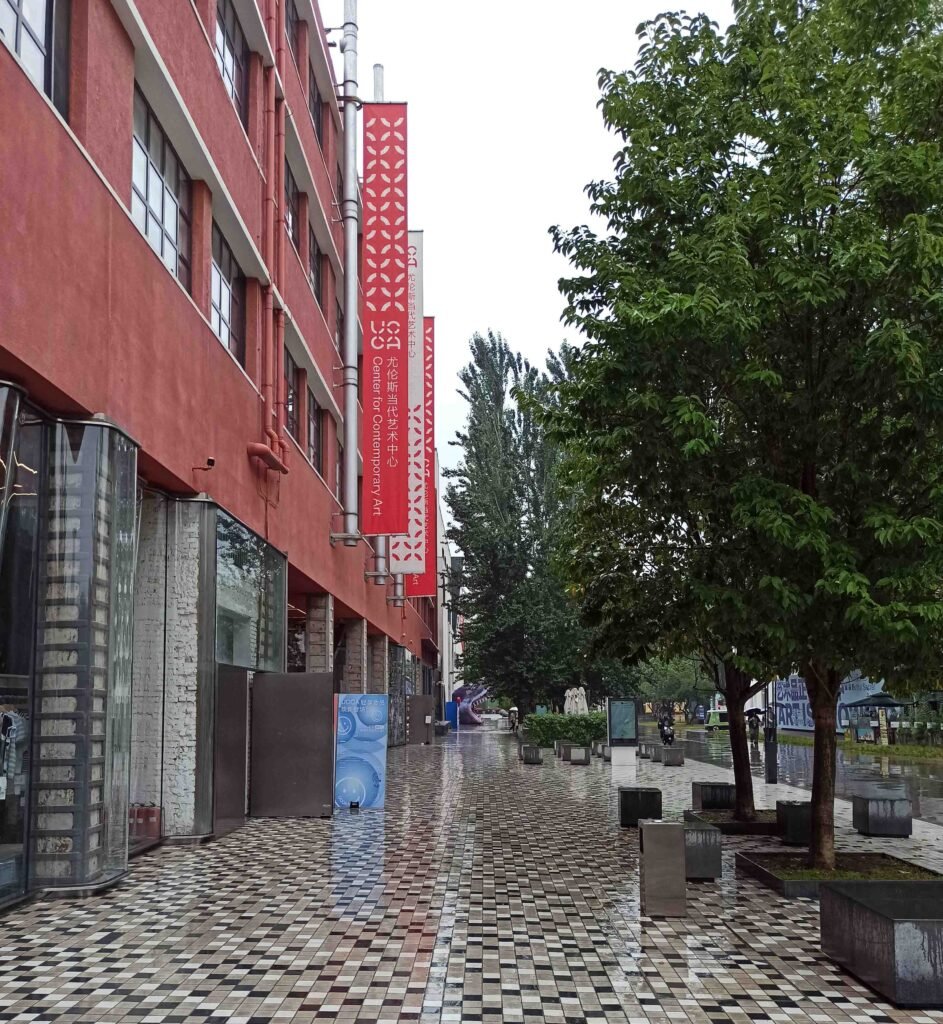
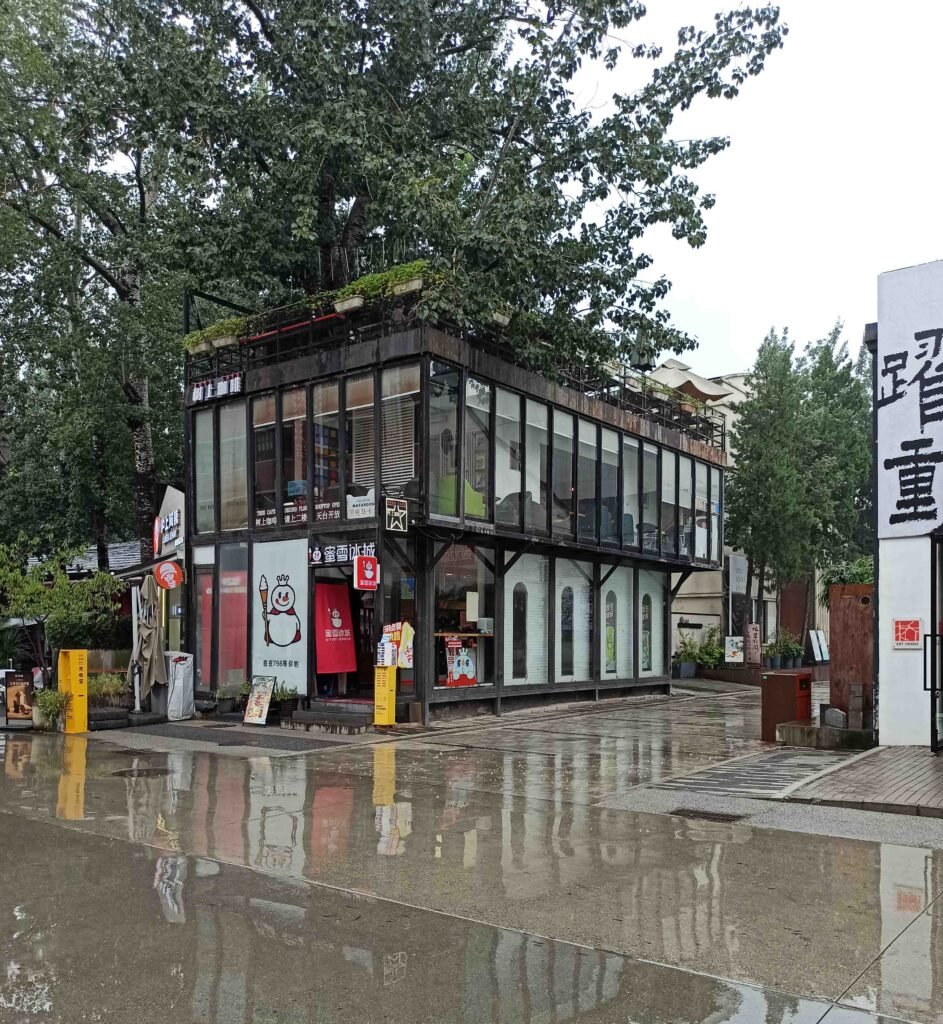
Soul Collection Art – free entry
Keep walking past UCCA and on the right, you will see this little exhibition space. Soul Collection Art has been selling handcrafted ceramics for more than 20 years. A range of works, from the comic through to minimalist elegance can all be purchased here. There is a range of prices for everyone. If you are looking for a more unique gift to take home, this would be well worth visiting.
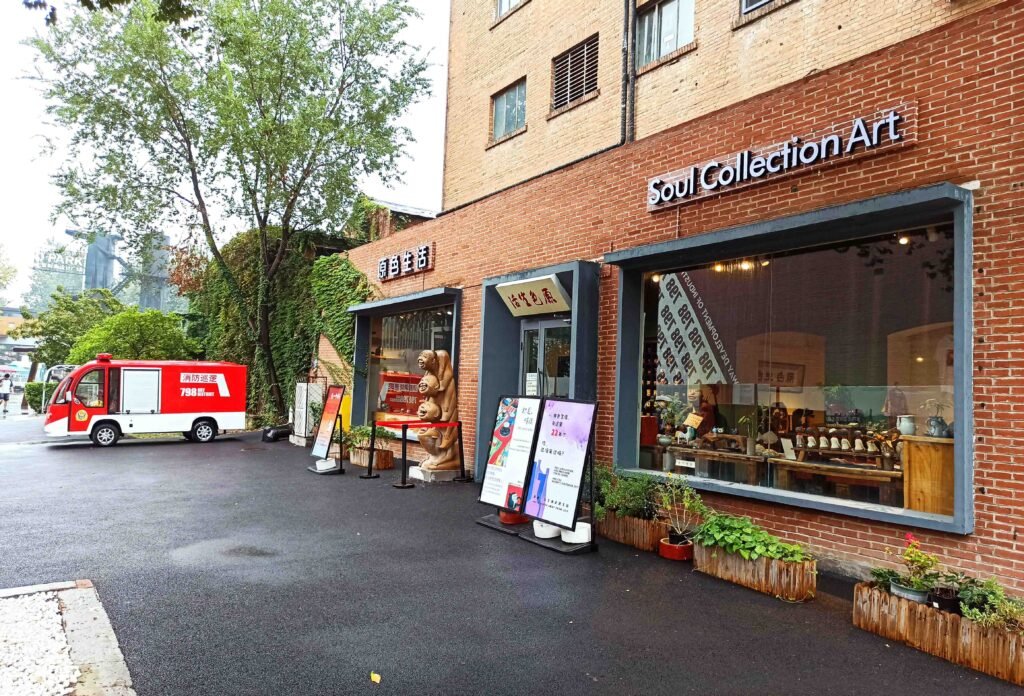
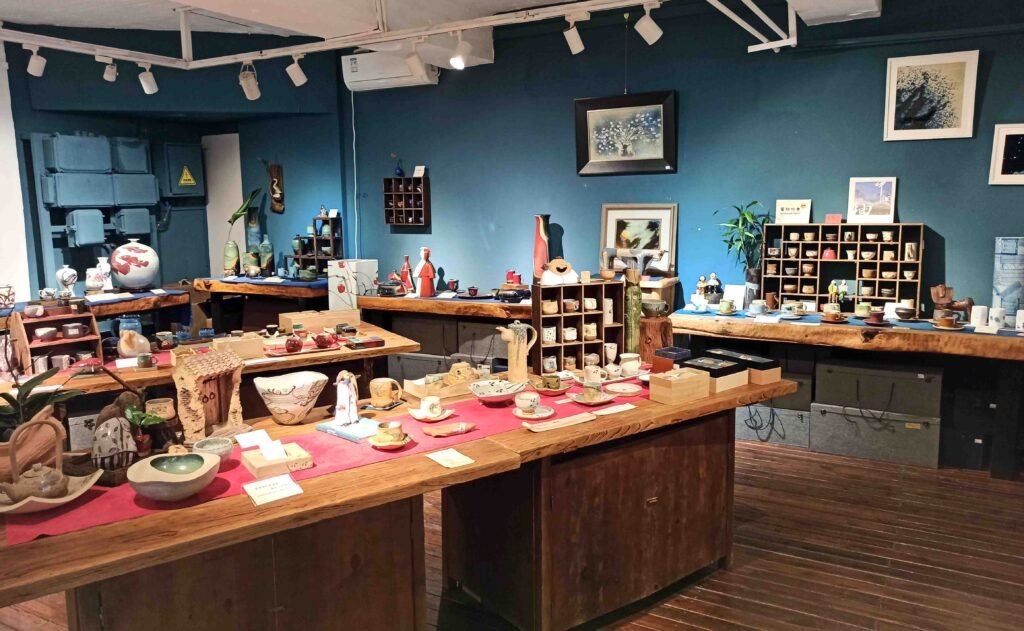
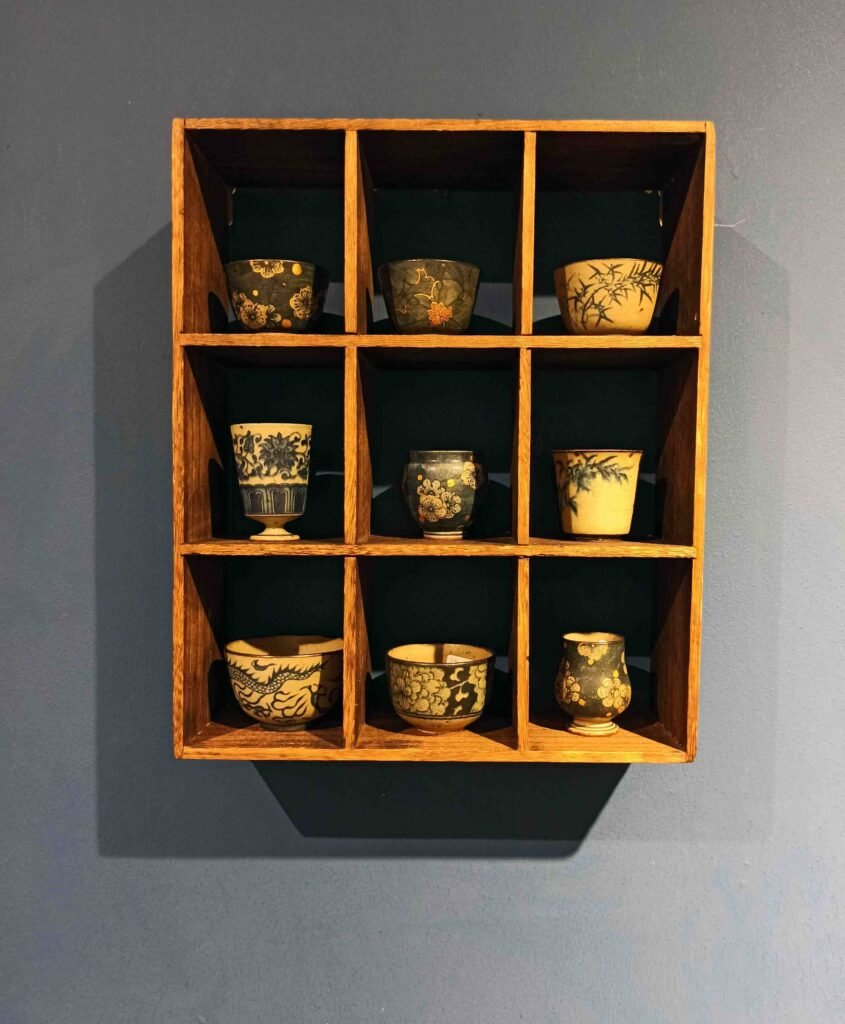
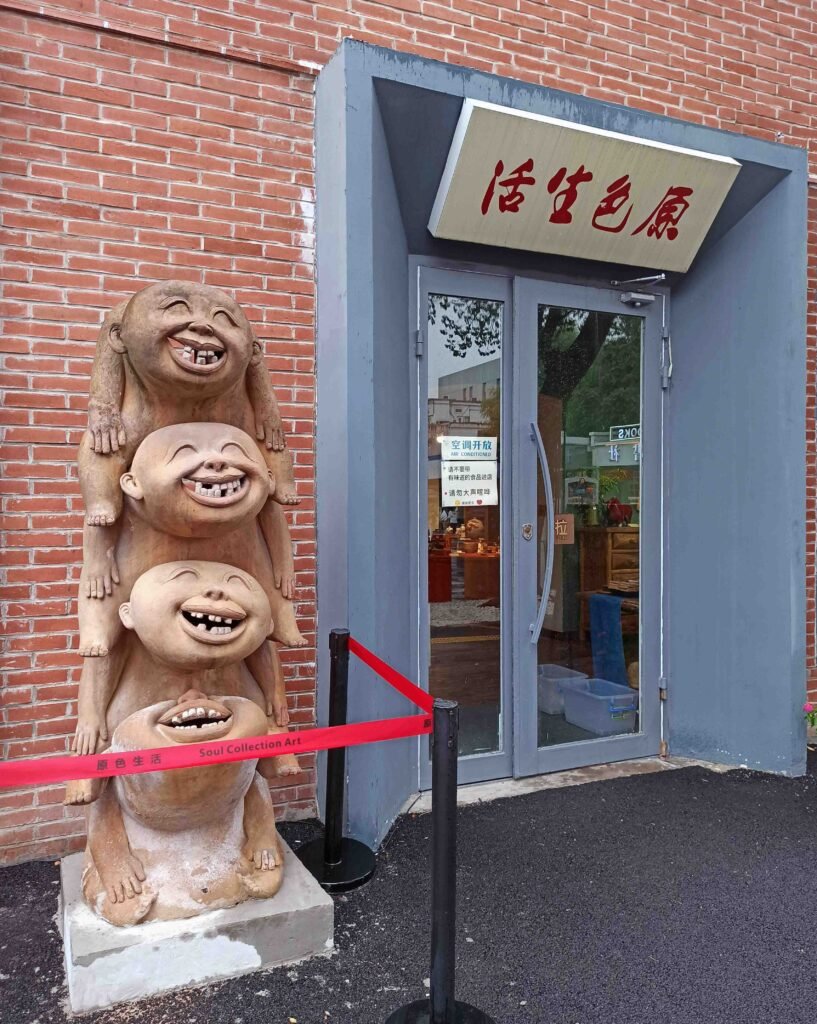
Geosheen – free entry
When I stepped into Geosheen, I wasn’t sure if I had wandered into an art gallery or an office space. The layout felt more like a workspace than an exhibition, and the gallerists were peacefully napping in a side room. Still, the visit was worth it for one reason alone: the chance to see works by Wu Guanzhong, a pioneer of Chinese modern painting. His expressive brushwork and unique blend of Eastern and Western styles brought the otherwise quiet space to life.
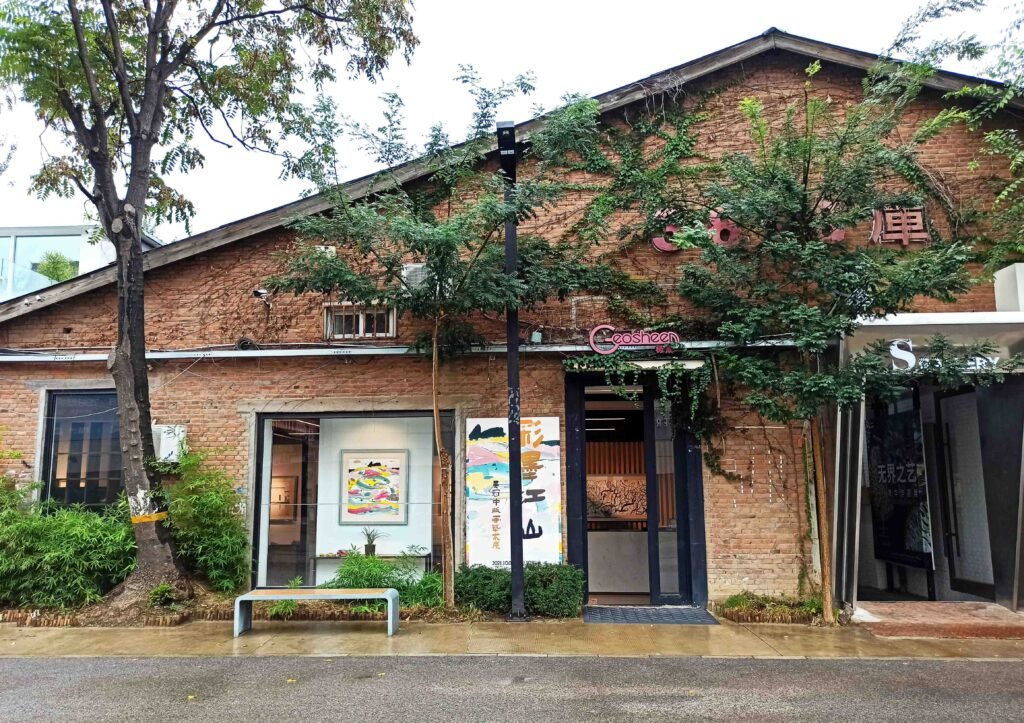
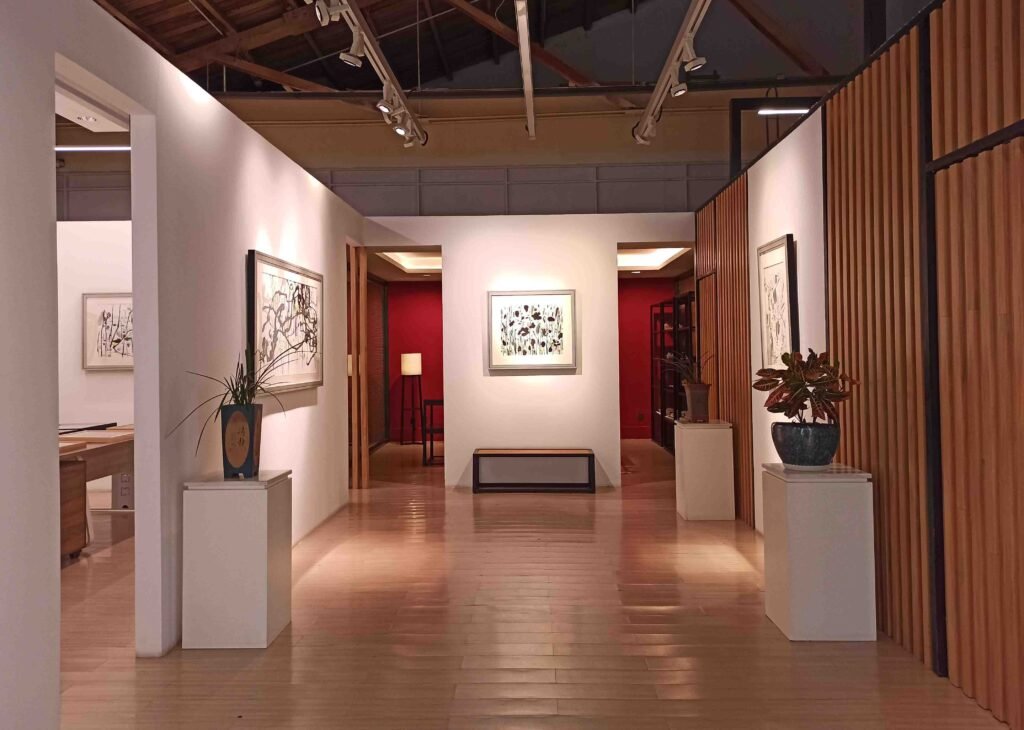
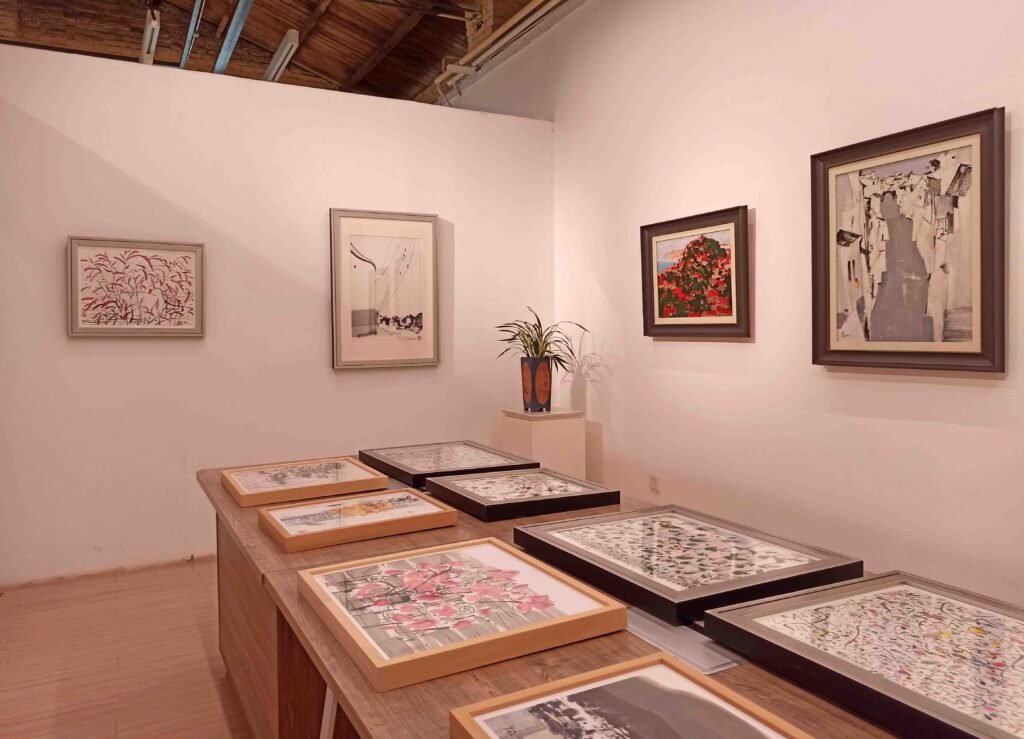
Saintpen Art Space – free entry
Tucked away on the southeastern side of the 798 Art District, Saintpen Art Space, also known as Three and a Half Degrees Art Space, is a hidden gem worth discovering. When I visited, the gallery was featuring a solo exhibition by Deng Hui, whose works offered a thoughtful exploration of color and emotion. The gallerist was warm and welcoming, happily taking the time to share insights about both the artist and the inspiration behind the exhibition, which made the visit even more memorable.
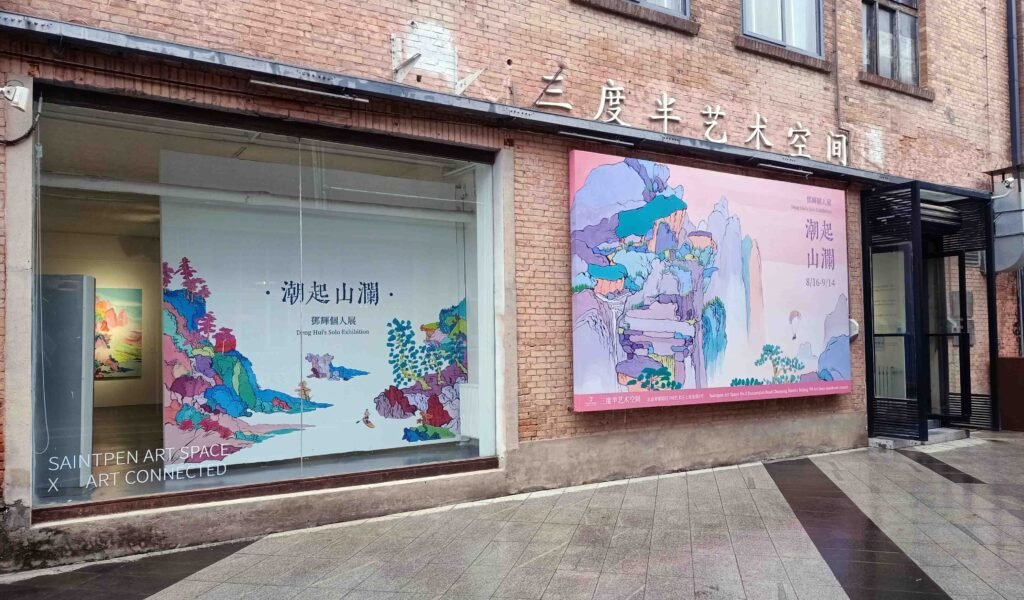
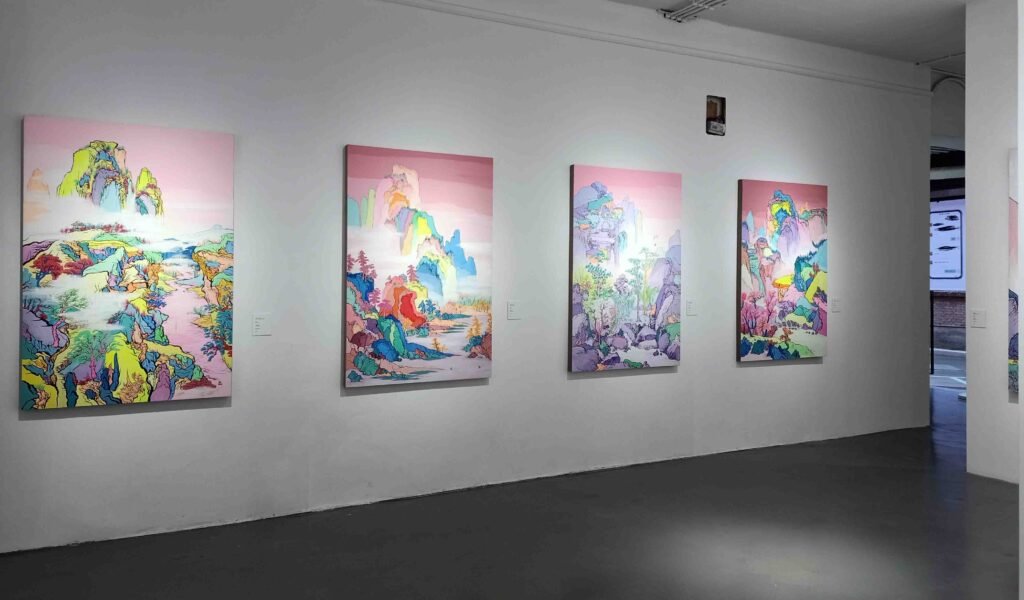
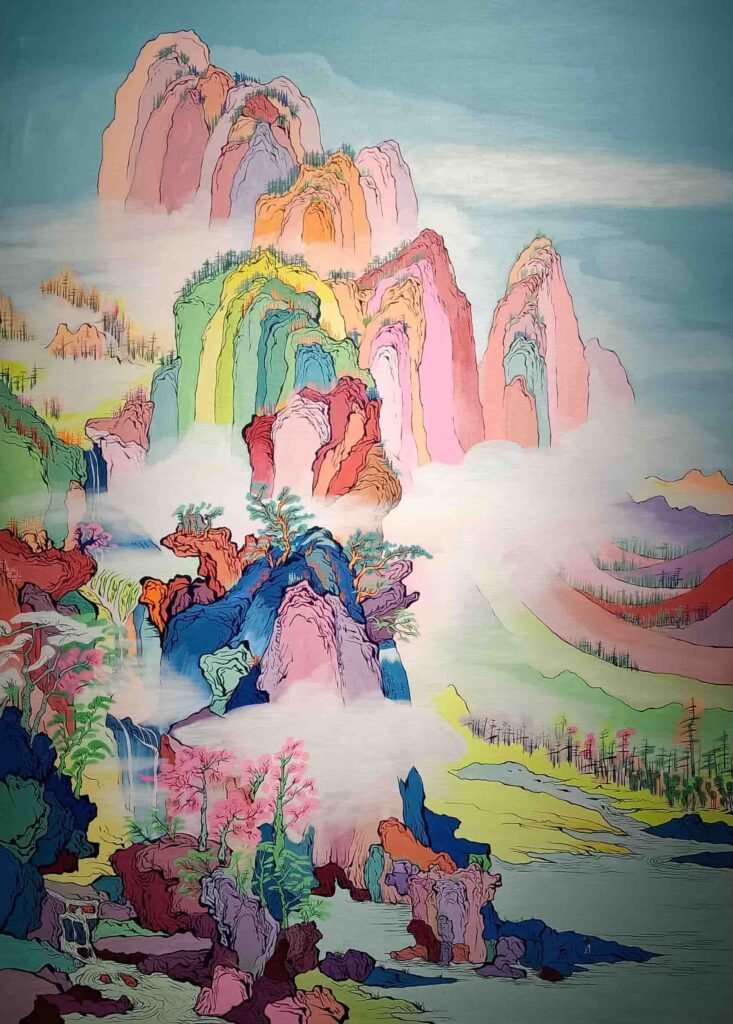
Red Gate Gallery – free entry)
A pioneer in Beijing’s contemporary art scene, Red Gate Gallery has long been a cornerstone for modern Chinese art. Founded by Australian curator Brian Wallace, it proudly holds the title of Beijing’s first private contemporary art gallery. Originally located in a historic Ming dynasty watchtower, the gallery has now found a new home amid the creative buzz of the 798 Art District.
When I visited, the space was hosting an exhibition from Brian Wallace’s personal collection, offering a glimpse into decades of China’s evolving art movement. Although photography wasn’t allowed inside, the experience felt intimate and authentic.
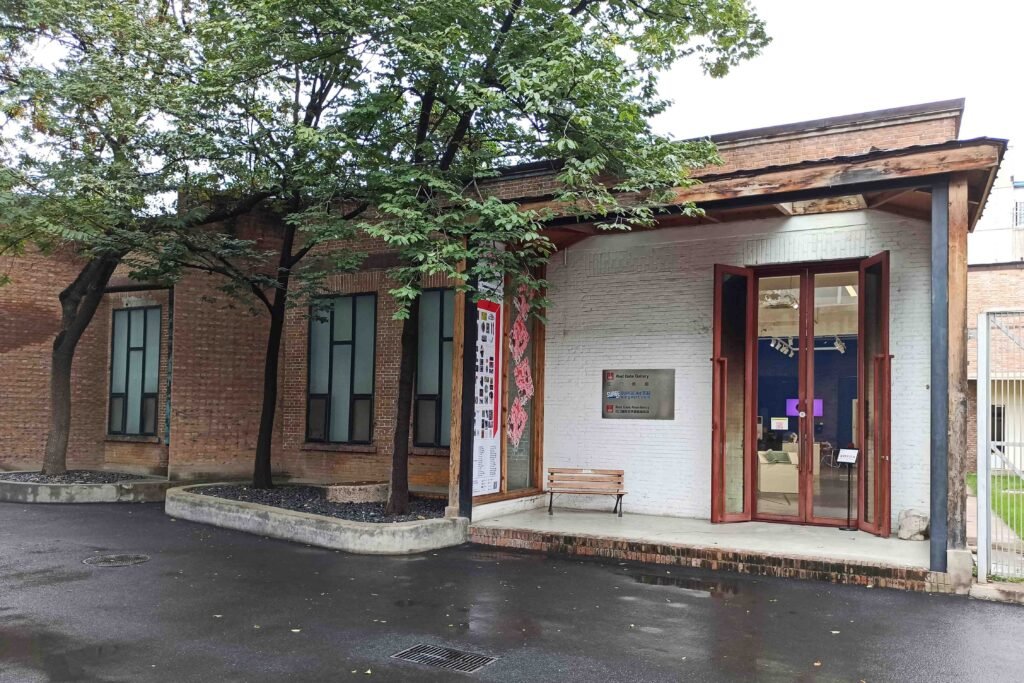
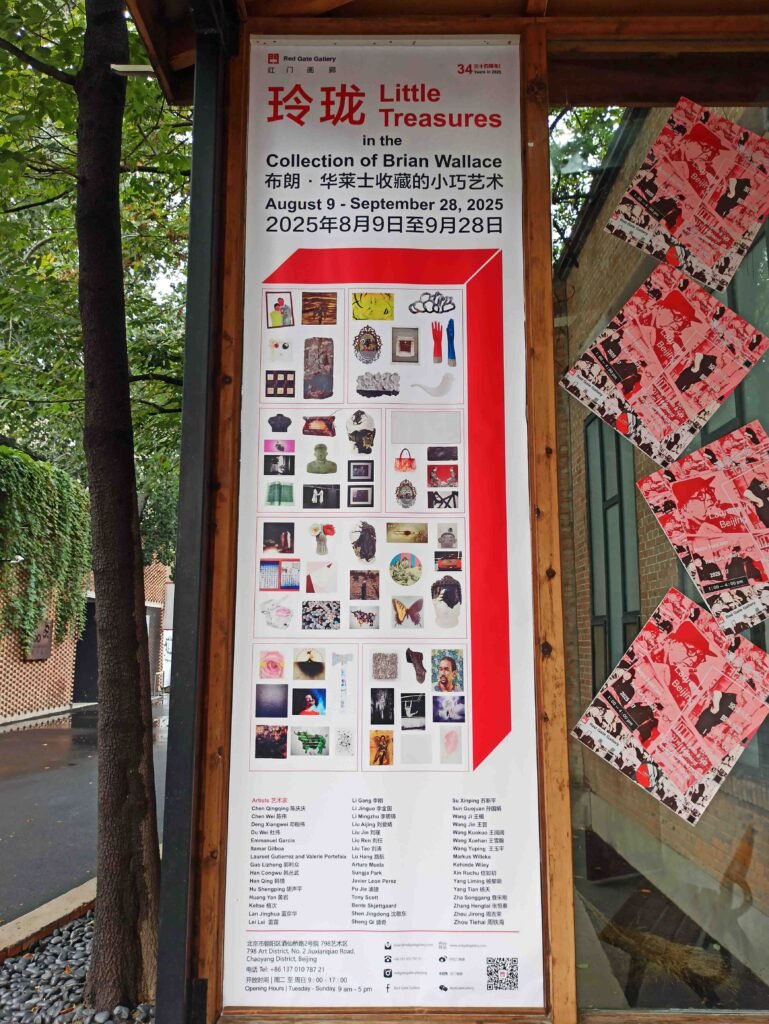
Final Thoughts on 798 Art District
Whether you are an art enthusiast or just curious about exploring Beijing beyond its ancient landmarks, 798 Art District is the perfect place to see a different side of the city. However, if you are looking for an alternative and less commercial cultural experience, Songzhuang Artists’ Village might be the better option.
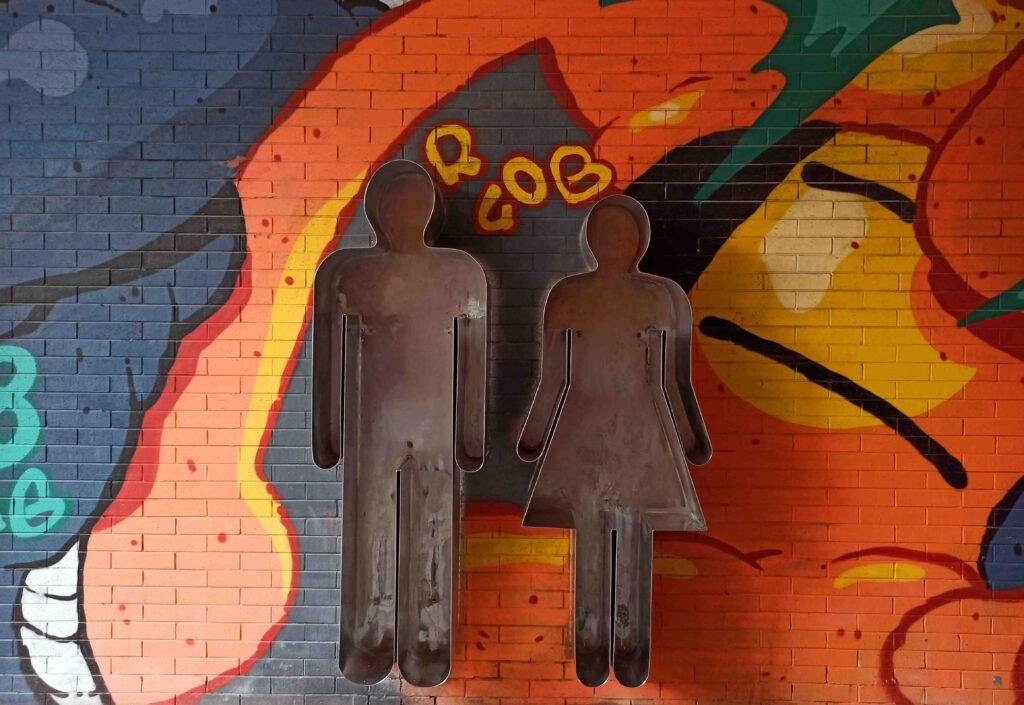
Practical Information
Best Time to Visit
I recommend visiting spring (April to June) or autumn (September to October) when the weather is mild and pleasant for walking. The district is mostly outdoors, so it’s best to avoid the cold winter winds or summer heat.
Weekdays are generally quieter, allowing you to explore at a relaxed pace. On weekends, the area buzzes with visitors, events, and performances, which can also be fun if you enjoy the lively atmosphere.
Tips for Visiting 798 Art District
- Wear comfortable shoes: You’ll do a lot of walking, and the district is larger than it looks!
- Bring a camera or phone with plenty of storage: There’s endless street art and photo-worthy moments.
- Check exhibition schedules online: Some galleries rotate their exhibits frequently, so it’s worth checking what’s currently showing before you go.
- Grab a map at the entrance: The area can be a bit of a maze, and a map helps you locate key galleries and cafes.
- Plan at least half a day: You could easily spend 3–5 hours exploring, especially if you stop for lunch or coffee.
- Combine your visit: Firstly, go shopping at INDIGO, a large shopping mall close by. Then take a historical dive into the Confucius and Lama Temples. Finally, watch an acrobatic show at the Chaoyang Theater.
Opening Hours and Admission
Most galleries in 798 Art District open from around 10:00 AM to 6:00 PM, though individual times may vary slightly.
- Admission: Entry to the district itself is free, but some major exhibitions (like at UCCA) may charge an entrance fee of around 50–100 RMB, depending on the show. Smaller galleries may charge a 10–20 RMB fee.
Address and How to Get There
- Address: No. 4 Jiuxianqiao Road, Chaoyang District, Beijing (北京市朝阳区酒仙桥路4号)
- Nearest Metro: Take Line 14 to Wangjing South Station (望京南站), then transfer to a bus or taxi for a short 10-minute ride. It takes approximately 20 minutes to walk from the subway station. Alternatively, take Line 13 to Dongzhimen, and from there, catch Bus 401 or 402 to 798 Art Zone.
- By Taxi: You can simply tell the driver “798 Yishuqu” (七九八艺术区). It’s a well-known landmark.
Accommodation Close By
These are affiliate links; we may earn a small commission at no additional cost to you.
Premium Accommodation
Crystal Orange Beijing JiuXianQiao Hotel: While not overpriced, this hotel is modern and close to convenient transport links. It is also in walking distance to 798 Art District.
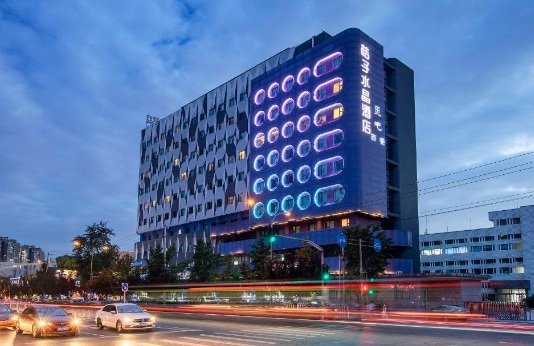
Affordable Accommodation
Hanting Hotel: This hotel is a short walk away from 798 Art District. It is fully equipped with a warm environment.
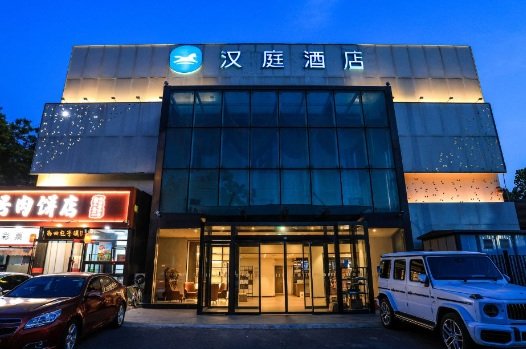
Budget Accommodation
Mijia Youth Hotel: Less than 500 meters from 798 Art Zone, this youth hostel has something for everyone. Guests can select cheap dorm rooms or self-contained rooms at a slightly higher price.
